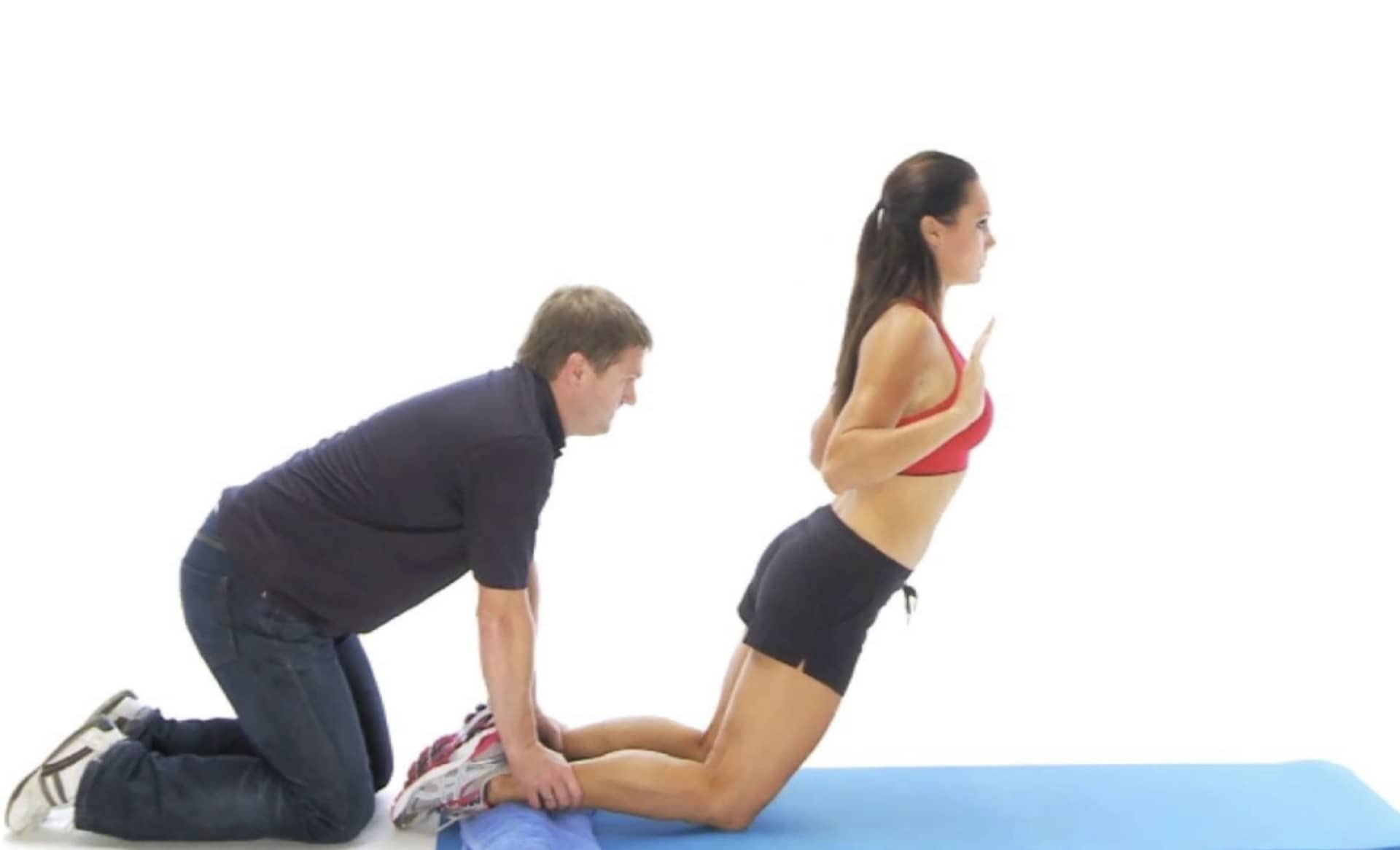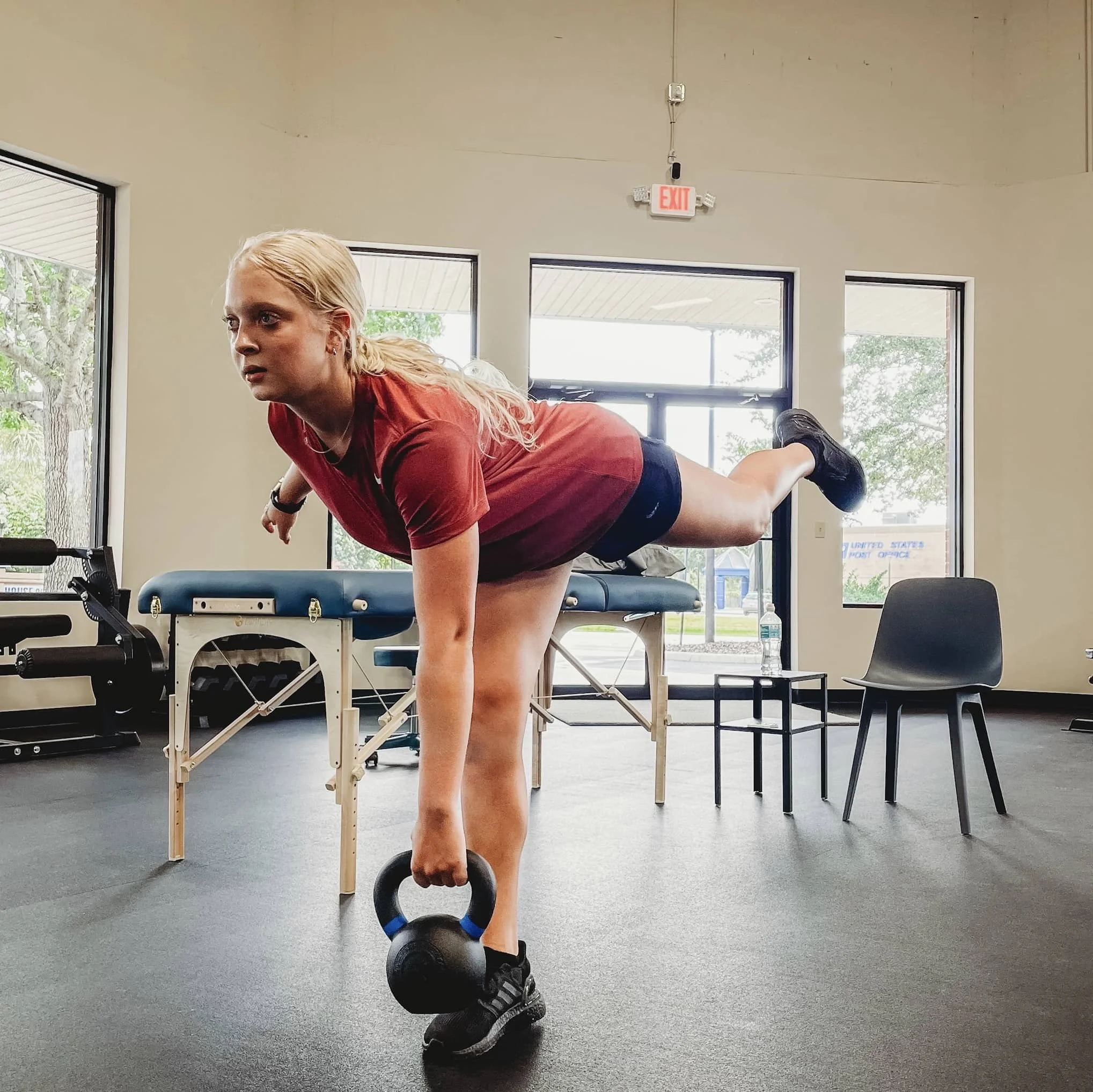Preventing and Treating Common Soccer Injuries in Orlando: Hamstring Strains
Soccer is one of the most popular sports in Orlando, but it comes with a high risk of injuries, particularly hamstring injuries. In this article, we will discuss the prevalence of soccer injuries, specifically hamstring injuries, and provide tips for prevention and treatment.
Prevalence of Soccer Injuries in Orlando
Soccer is a physically demanding sport that often leads to injuries. According to recent studies, muscular injuries account for 31% of all soccer injuries and 27% of time lost due to injury. In Orlando, soccer players are no exception. Hamstrings are the most common muscle injured in soccer, accounting for 37% of soft tissue injuries.
Impact of Hamstring Injuries on Soccer Players
A hamstring injury can significantly impair a player's ability to train and develop their skills. For a team of 25 players, it is expected that approximately 15 muscle injuries (collectively) will occur each season. Hamstring injuries alone will be responsible for around 55 missed practices and 14 missed games (total, not per injury). Additionally, 51% of hamstring injuries sideline players for 8-28 days, and 11% sideline players for over 28 days.
For youth players, hamstring injuries can impact their ability to gain exposure for college recruitment. Colleges may rescind offers from players with extensive injury histories. Therefore, injury prevention is crucial for developing successful soccer athletes in Orlando.
Risk Factors for Hamstring Injuries
One of the most significant risk factors for a hamstring injury is a history of previous hamstring injury. 16% of all muscle injuries in soccer are re-injuries, which take longer to recover from than initial injuries. Studies have shown that most soccer players possess multiple risk factors for hamstring injuries, with the most prevalent of these being eccentric hamstring strength deficits.
Preventing Hamstring Injuries
To prevent hamstring injuries, a combination of flexibility and strength training is necessary. The muscles need to be trained in specific ways to maximally reduce the chances of suffering one of these injuries. For example, hamstrings injuries are 6 times more likely to occur during games than in practice. This suggests that simply practicing soccer is not sufficient for injury prevention. Furthermore, these injuries are much more likely to take place during the later portions of each half. As a result, muscle endurance must be trained in addition to strength.
The Nordic hamstring exercise has been shown to substantially reduce the risk of hamstring strains up to 51% in the long term. Additionally, the FIFA 11+ program (a soccer warm-up protocol originally designed and proven to reduce ACL injury rates) has demonstrated benefit in hamstring injury prevention.
Treatment of Hamstring Injuries
If a player experiences a hamstring injury, it is important to seek treatment immediately. A sports physical therapist can help with the implementation of injury recovery and prevention concepts, as well as the many more intricacies of hamstring injury recovery and prevention.
Hamstring injuries are a significant concern for soccer players in Orlando, but with proper prevention and treatment, players can reduce their risk of injury and stay on the field. By incorporating targeted strength and conditioning programs, such as the Nordic hamstring exercise, and following warm-up protocols like the FIFA 11+, coaches and players can create better, more durable athletes.



